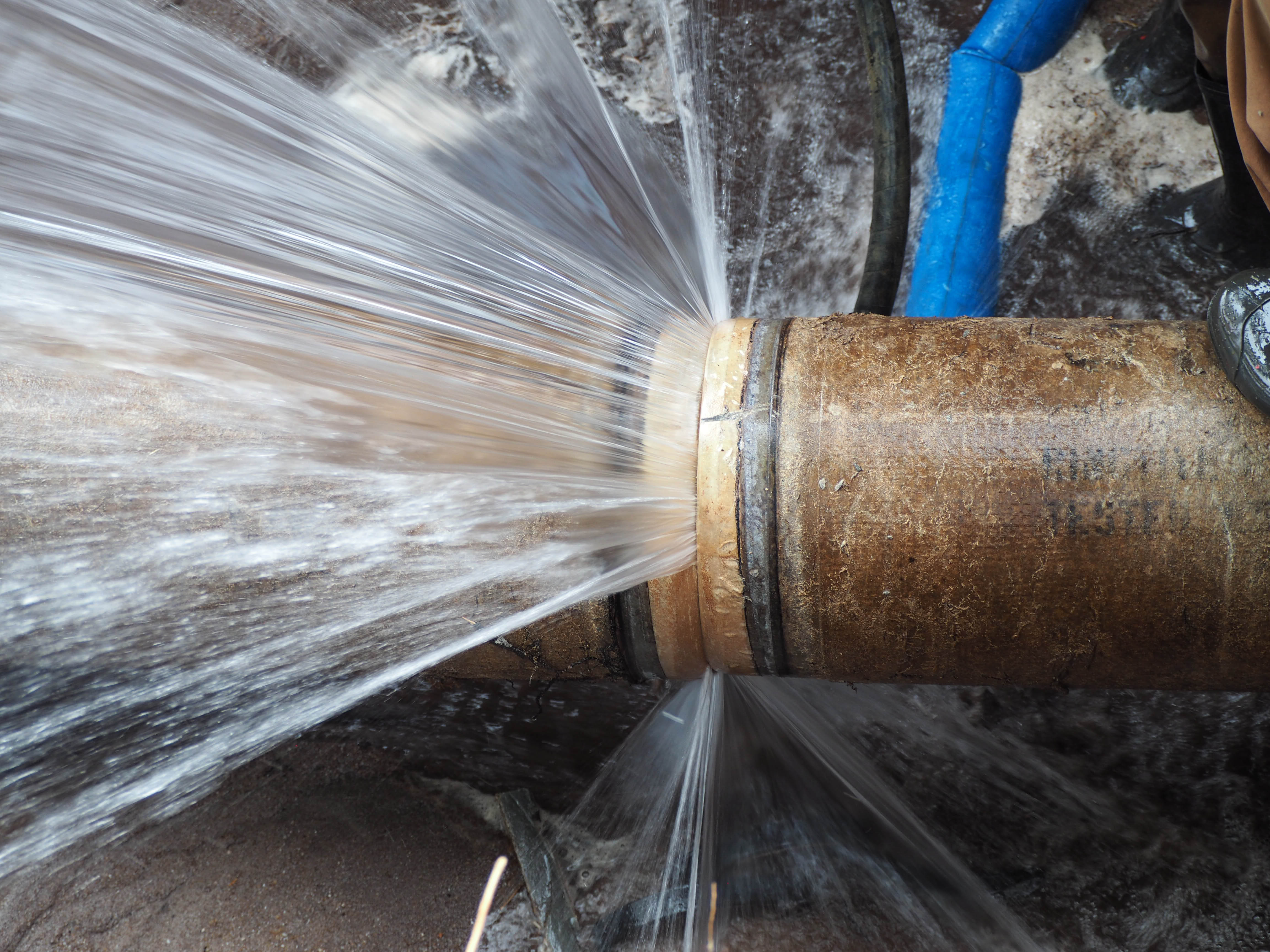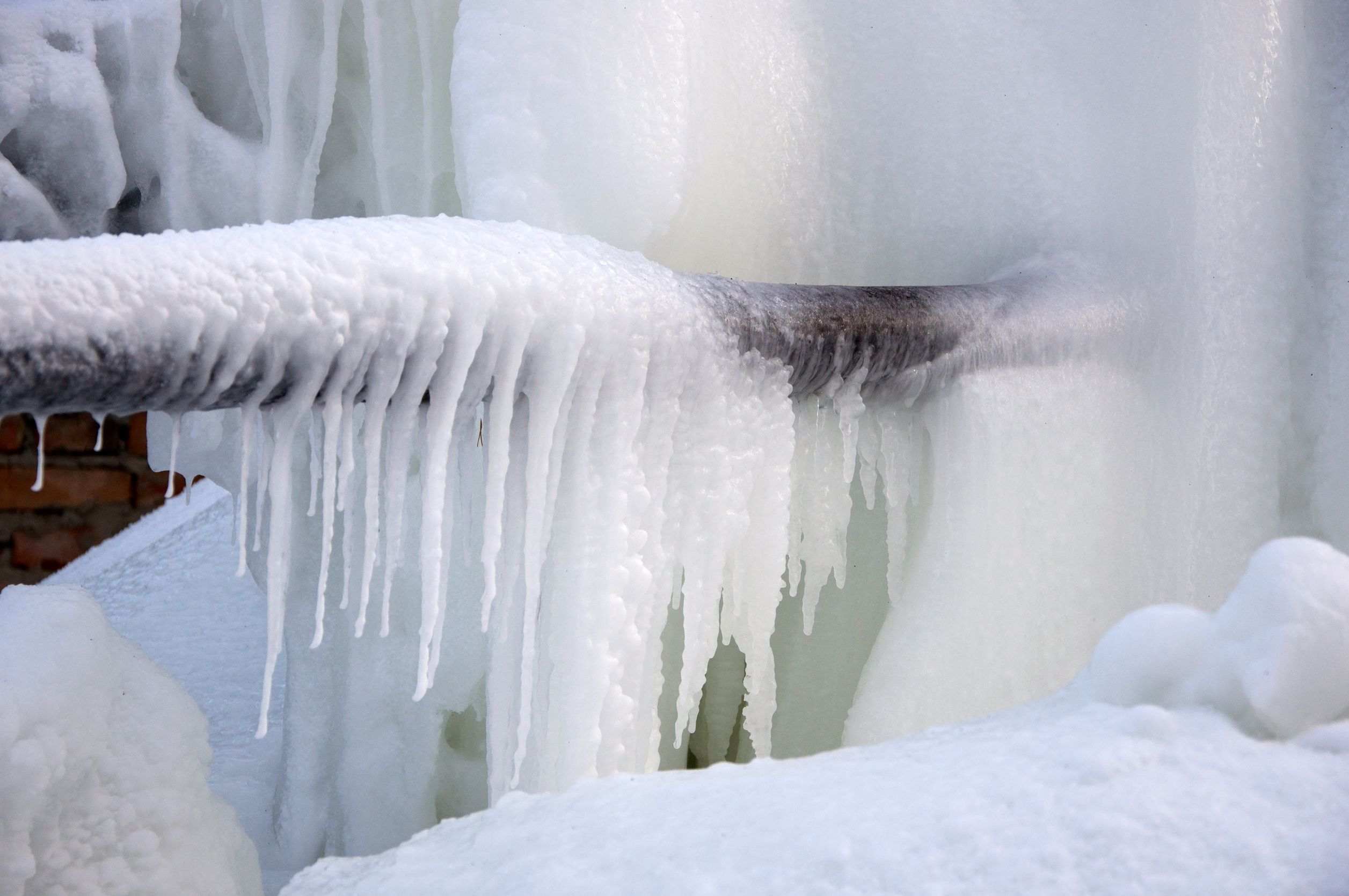The article further down involving Prevent Frozen Pipes is especially engaging. Check it out yourself and see what you think of it.

Cold weather can ruin your plumbing, specifically by freezing pipes. Below's how to stop it from happening and what to do if it does.
Introduction
As temperature levels drop, the danger of icy pipelines rises, potentially leading to costly repair services and water damage. Comprehending how to stop icy pipes is important for homeowners in chilly climates.
Comprehending Frozen Pipelines
What creates pipelines to ice up?
Pipes freeze when subjected to temperatures listed below 32 ° F (0 ° C) for prolonged periods. As water inside the pipes ices up, it increases, taxing the pipe wall surfaces and possibly causing them to burst.
Threats and damages
Frozen pipes can bring about water supply disturbances, property damage, and pricey repair services. Burst pipes can flooding homes and create considerable architectural damage.
Signs of Frozen Pipes
Identifying frozen pipes early can avoid them from breaking.
Just how to determine frozen pipelines
Seek reduced water circulation from faucets, unusual smells or noises from pipelines, and noticeable frost on subjected pipelines.
Prevention Tips
Insulating prone pipes
Cover pipes in insulation sleeves or utilize heat tape to protect them from freezing temperature levels. Focus on pipes in unheated or outside locations of the home.
Home heating techniques
Keep indoor spaces properly heated up, especially areas with plumbing. Open cupboard doors to permit cozy air to flow around pipes under sinks.
Safeguarding Exterior Plumbing
Yard tubes and outdoor faucets
Disconnect and drain garden pipes prior to winter season. Set up frost-proof spigots or cover outside taps with shielded caps.
What to Do If Your Pipelines Freeze
Immediate actions to take
If you think frozen pipelines, keep taps open up to ease pressure as the ice melts. Make use of a hairdryer or towels soaked in warm water to thaw pipes slowly.
Long-Term Solutions
Structural changes
Consider rerouting pipelines far from outside wall surfaces or unheated locations. Include additional insulation to attic rooms, cellars, and crawl spaces.
Updating insulation
Buy top quality insulation for pipelines, attics, and walls. Correct insulation assists maintain consistent temperatures and decreases the threat of frozen pipes.
Conclusion
Protecting against frozen pipelines calls for aggressive actions and quick reactions. By recognizing the causes, signs, and preventive measures, home owners can secure their plumbing throughout winter.
5 Ways to Prevent Frozen Pipes
Drain Outdoor Faucets and Disconnect Hoses
First, close the shut-off valve that controls the flow of water in the pipe to your outdoor faucet. Then, head outside to disconnect and drain your hose and open the outdoor faucet to allow the water to completely drain out of the line. Turn off the faucet when done. Finally, head back to the shut-off valve and drain the remaining water inside the pipe into a bucket or container. Additionally, if you have a home irrigation system, you should consider hiring an expert to clear the system of water each year.
Insulate Pipes
One of the best and most cost-effective methods for preventing frozen water pipes is to wrap your pipes with insulation. This is especially important for areas in your home that aren’t exposed to heat, such as an attic. We suggest using foam sleeves, which can typically be found at your local hardware store.
Keep Heat Running at 65
Your pipes are located inside your walls, and the temperature there is much colder than the rest of the house. To prevent your pipes from freezing, The Insurance Information Institute suggests that you keep your home heated to at least 65 degrees, even when traveling. You may want to invest in smart devices that can keep an eye on the temperature in your home while you’re away.
Leave Water Dripping
Moving water — even a small trickle — can prevent ice from forming inside your pipes. When freezing temps are imminent, start a drip of water from all faucets that serve exposed pipes. Leaving a few faucets running will also help relieve pressure inside the pipes and help prevent a rupture if the water inside freezes.
Open Cupboard Doors
Warm your kitchen and bathroom pipes by opening cupboards and vanities. You should also leave your interior doors ajar to help warm air circulate evenly throughout your home.

Do you enjoy more info about Preventing and dealing with frozen pipes? Write a remark down below. We'd be glad to find out your views about this article. We are looking forward that you visit us again before long. Remember to take the opportunity to promote this blog post if you appreciated it. I enjoy your readership.
Check Us Out